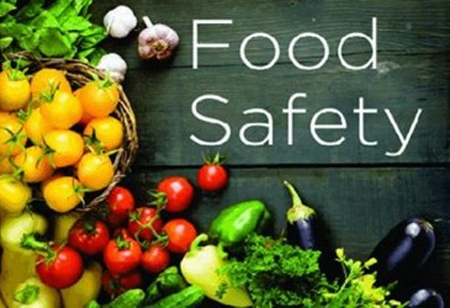THANK YOU FOR SUBSCRIBING
Be first to read the latest tech news, Industry Leader's Insights, and CIO interviews of medium and large enterprises exclusively from Food and Beverage Tech Review
Keeping Food Safe with Technology
Data on previous outbreaks allow the pathogen source to be identified more quickly to avoid further spread.

By
Food and Beverages Tech Review | Friday, January 03, 2020
Stay ahead of the industry with exclusive feature stories on the top companies, expert insights and the latest news delivered straight to your inbox. Subscribe today.
Data on previous outbreaks allow the pathogen source to be identified more quickly to avoid further spread.
FREMONT, CA: Food safety is an increasingly prevalent concern for consumers. So many individuals are conscious of the food they are consuming, where it was grown, whether pesticides or growth hormones were used, and so on. Regardless of the care consumers put into purchasing quality foods, foodborne illnesses continue to make national news.
Following are three technologies improving the prevention, discovery, and treatment of foodborne illnesses
Predictive Analytics
The increased involvement of digital media has created large quantities of data available on past foodborne outbreaks. Using massive data analytics, researchers can detect trends and signs of foodborne illness. Data on previous outbreaks allow the pathogen source to be identified more quickly to avoid further spread. A recent study found that web mining and social media analysis approaches are being developed to exploit the vast amount of data as an early warning system for identifying potential health and food safety issues that may grow into a crisis. Big data analytics allows institutes to draw on the large amount of data they have on previous foodborne events.
See Also: Top Food and Beverages Solution Companies
Blockchain
In an attempt to create accountability in the supply chain, one chain of hypermarkets introduced blockchain. According to one online media, blockchain is a distributed database that exists on multiple computers simultaneously. While the database exists on several computers, it is not linked to the internet, so it does not bear the same cybersecurity risks. This digital ledger is extremely secure because only users who have a cryptography key can edit the data.
The level of protection is important because it ensures that the data are accessible to the public while at the same time, maintaining the integrity of the information. The business used blockchain technology to monitor tainted food during its supply chain path to protect other products or customers from contamination.
Ultra-Violet Light
It is no secret that today people prefer fast, ready-to-eat meals for a day off. These ready-to-eat meals put increased pressure on the industry to implement preservation and pasteurization methods that will sanitize and package food while reducing exposure to bacteria. Infrared heating has become the industry's choice for pasteurization, especially for meats such as ham. The heat lamps radiate heat at low temperatures, killing surface bacteria and pollutants before final packaging.
I agree We use cookies on this website to enhance your user experience. By clicking any link on this page you are giving your consent for us to set cookies. More info


However, if you would like to share the information in this article, you may use the link below:
https://www.fbtechrevieweurope.com/news/keeping-food-safe-with-technology-nwid-754.html





